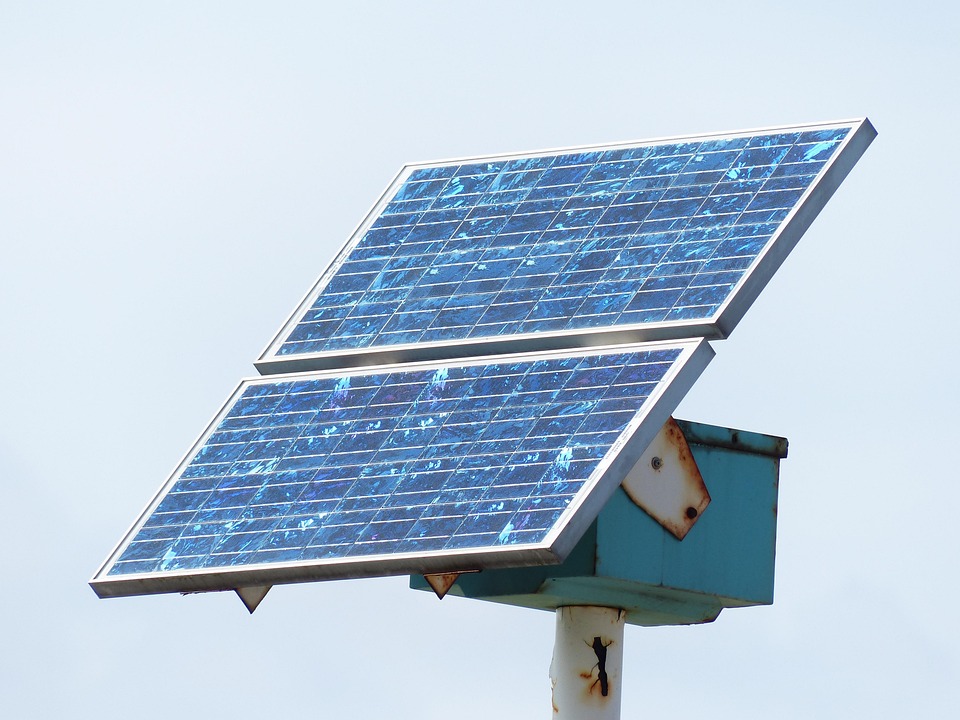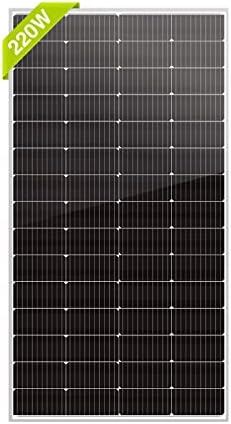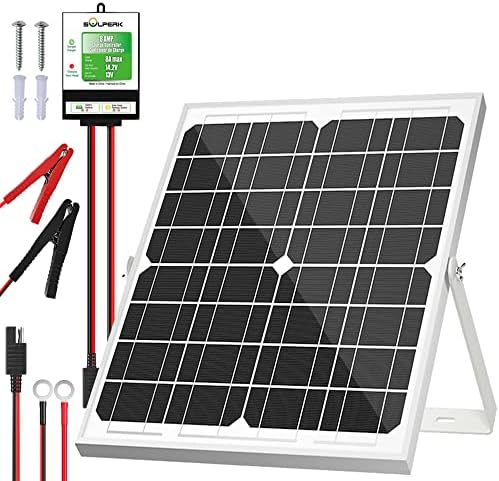# Choosing Wisely: A Comparative Look at Solar Panel Technologies
There’s nothing quite like the quiet hum of morning in the forest, where the rustle of leaves and the chirping of birds is interrupted only by the gentle crackle of my solar-powered coffee maker. A few years ago, I made the leap into solar energy, driven by a desire to harness the abundant sunshine and take charge of my energy needs. Little did I know that choosing the right solar panel technology would become as vital as the daily sunshine itself. As more people seek eco-friendly solutions, understanding the various solar technologies available is essential. Let’s dive into the world of solar panels, comparing their strengths and weaknesses so you can make an informed decision.
## Types of Solar Panel Technologies
### 1. Monocrystalline Solar Panels
**Overview:** Monocrystalline solar panels are made from a single crystalline structure, typically silicon. They are recognizable by their dark black color and rounded edges.
**Pros:**
– **Efficiency:** Generally the most efficient type available, often exceeding 20% efficiency.
– **Space-Saving:** With higher efficiency, fewer panels are needed to achieve your energy goals.
– **Longevity:** They often come with longer warranties, typically 25 years, because of their durability.
**Cons:**
– **Cost:** Generally the most expensive option on the market.
– **Temperature Sensitivity:** Performance can diminish slightly in high temperatures.
### 2. Polycrystalline Solar Panels
**Overview:** Made from multiple silicon crystals fused together, polycrystalline panels are typically blue in color and have a speckled look.
**Pros:**
– **Affordability:** They are usually cheaper to produce and install, making them a budget-friendly choice.
– **Environmentally Friendly:** The manufacturing process is slightly less energy-intensive compared to monocrystalline panels.
**Cons:**
– **Lower Efficiency:** Generally less efficient than their monocrystalline counterparts, often only reaching efficiencies between 15% to 17%.
– **Space Requirements:** More panels may be needed to generate the same amount of energy, which can require more space.
### 3. Thin-Film Solar Panels
**Overview:** Thin-film solar panels are made by depositing a thin layer of photovoltaic material onto a substrate. They are flexible and lighter than traditional panels, making them versatile.
**Pros:**
– **Lightweight and Flexible:** Perfect for unconventional applications, like integrating into building materials.
– **Lower Cost:** Generally the cheapest option available.
– **Performance in Low Light:** They can perform better in low-light conditions than other technologies.
**Cons:**
– **Lower Efficiency:** Typically the least efficient option, with efficiency rates usually between 10% to 12%.
– **Space Consumption:** More space is needed to install enough panels to meet energy requirements.
### 4. Bifacial Solar Panels
**Overview:** Bifacial panels can harness sunlight from both sides, typically letting in more light due to their ability to capture reflected sunlight.
**Pros:**
– **Increased Power Generation:** Can produce 10-20% more energy compared to regular panels due to dual-sided functionality.
– **Durability:** Like monocrystalline panels, they often come with long warranties.
**Cons:**
– **Higher Initial Cost:** More expensive to install compared to both monocrystalline and polycrystalline panels.
– **Installation Complexity:** Requires careful consideration of location to maximize efficacy, including reflective surfaces.
### 5. Building-Integrated Photovoltaics (BIPV)
**Overview:** BIPV systems integrate solar technology directly into building materials, such as windows or roof shingles.
**Pros:**
– **Aesthetic Appeal:** They blend into the architecture, making them an attractive option for modern design.
– **Dual Functionality:** Serve a purpose beyond energy generation, like acting as a roof or window.
**Cons:**
– **High Cost:** Generally one of the most expensive solar options available.
– **Lower Efficiency:** May not be as efficient as standalone solar panels.
## Which Solar Technology is Right for You?
Choosing the right solar panel technology depends on your unique circumstances, including budget, available space, and energy needs.
– **Budget-conscious home or cabin:** Polycrystalline panels may be your best bet. They are affordable and provide decent efficiency for their cost.
– **Limited Roof Space:** Monocrystalline or bifacial panels may be more suitable, offering higher efficiency in a smaller footprint.
– **Innovative Applications:** Think about thin-film or BIPV if you’re looking to incorporate solar into your architecture without compromising aesthetics.
### Pro Tips for Solar Panel Success
1. **Research Local Solar Incentives:** Many regions offer tax credits or rebates for installing solar technology, so make sure to leverage available incentives to offset costs.
2. **Consider Your Location:** The efficiency of your solar panels can greatly depend on your geographical location. Research sun exposure in your area when choosing which panels to install.
3. **Quality over Quantity:** Investing in higher-quality panels may yield better long-term savings. Monitor the efficiency and durability of the panels compared to the initial cost.
4. **Inspect Warranties:** Review what warranties are offered for both products and installation. A longer warranty can provide peace of mind regarding your investment.
5. **Hire Professionals for Installation:** Always consult with professionals for installation. They can assess your home and help you choose the right technology that fits your needs and budget.
## Conclusion: Making the Wise Choice
As we move into a future that increasingly values sustainability and energy independence, understanding the landscape of solar technology is essential. Each type of solar panel has its unique characteristics, pros, and cons, catering to various needs and budgets. By weighing these factors carefully, you can choose wisely and build a sustainable energy future for your home or off-grid paradise.
Remember, whether you’re sipping coffee in the woods or powering your urban home, the sun can be your reliable and renewable energy partner. Happy solar hunting!



